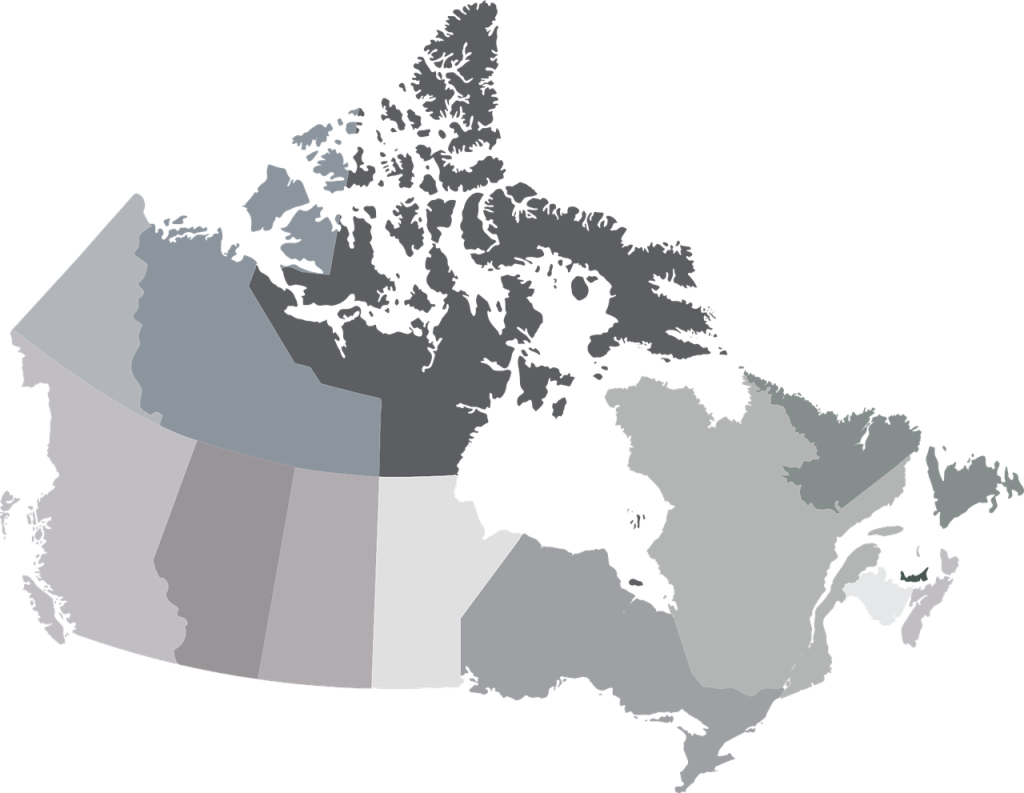6.7. Occupational Health and Safety

All 14 of Canada’s jurisdictions have occupational health and safety legislation—laws that grant rights to and impose duties upon workers and employers in order to reduce the level of workplace injury. In this chapter, we will review the responsibilities and the rights of workers, the legal implications of the legislation, and the relationship between safety laws and other pieces of legislation.
Beginning in the 1970s, the federal, provincial, and territorial governments enacted legislation that regulated occupational health and safety (OHS). The distribution of powers under the Canadian constitution means Canada has 14 jurisdictions (federal, ten provincial, and three territorial) regarding health and safety laws. Most employers and workers are covered by the occupational health and safety law of the province or territory in which they work. About 10% of the workforce is, however, covered by the occupational health and safety provisions in the federal government’s Canada Labour Code. The Canada Labour Code covers employees of the federal government. It also covers workers in industries that are, by their nature, interprovincial, such as banking, telecommunications, interprovincial transport, and uranium mining. Each jurisdiction has its own amalgam of acts, regulations, policies, and guidelines.
An act is a federal, provincial, or territorial law that sets out the broad legal framework around occupational health and safety in each jurisdiction.
A regulation typically sets out how the general principles of the Act will be applied in specific circumstances and is enforceable. Guidelines and policies are more specific rules about occupational health and safety. Other supporting guidance can be found in standards and codes. These documents provide employers with direction on health and safety implementation in the workplace. An example would be CSA Z795-03, which refers to the Coding of Work Injury or Disease Information and is published by the Canadian Standard Association (CSA).
For information specific to Ontario, watch this video below.
Video: “Safety Tips: Who is covered by the Occupational Health and Safety Act in Ontario? by Workplace Safety and Prevention Services [0:56] is licensed under the Standard YouTube License. Captions and transcripts are available on YouTube.
“2.1 Introduction to Occupational Health and Safety Legislation” from Canadian Health and Safety Workplace Fundamentals Copyright © 2022 by Connie Palmer is licensed under a Creative Commons Attribution-NonCommercial-ShareAlike 4.0 International License, except where otherwise noted.

